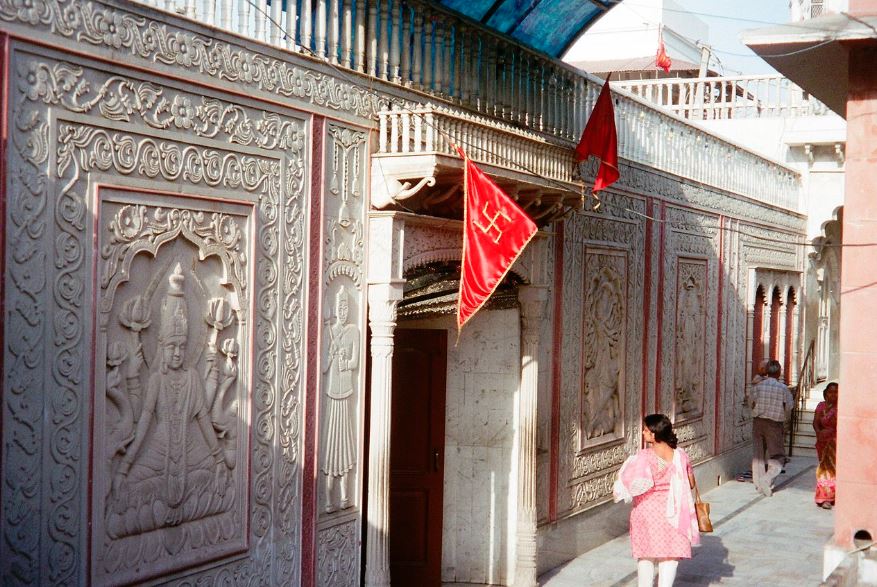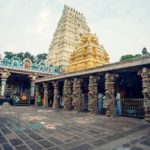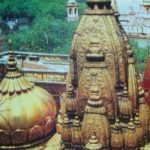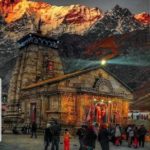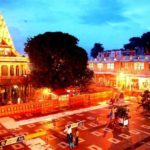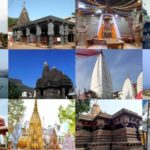If you are keen on visiting a holy site that also has an interesting history, do not miss out on a trip to the Yogmaya temple in New Delhi. It is a Shakti peetha and pays homage to Yogmaya, Lord Krishna’s sister. It is the only surviving active Hindu temple from the pre-sultanate era. The temple witnesses a huge influx of devotees during the celebration of Navratri.

What is Yogmaya Temple?
The Yogmaya temple is an ancient Hindu temple located in Mehrauli, New Delhi. It is one of 27 Hindu temples that Mahmud of Ghazni destroyed and is the only pre-sultanate temple still in use. It is also one of only five surviving Hindu temples from the Mahabharata era. Over time, multiple Hindus have reconstructed the temple despite repeated attempts from Muslim rulers – including the Mamluks – to destroy it. The temple pays respect to Lord Krishna’s sister Yogmaya. She is a manifestation of Maya, the illusionary power of God.
History of Yogmaya Temple
The Yogmaya temple history is a long and interesting one. The town of Mehrauli finds mention in the Jain scriptures as Yoginipura, named after the temple. According to the epic Mahabharata, the Pandavas built this temple at the end of the war with the Kauravas. The temple was then renovated by Lala Sethmal during Emperor Akbar’s reign. Multiple rulers have changed or renovated the temple over time.
Today, the Yogmaya temple Delhi stands near the Qutab Minar complex. It has a simple, contemporary structure with an inner chamber where the image of Yogmaya resides and a copper plated shikhara (tower) atop the roof. The temple floor was originally in red stone but is now made of marble. The image of the goddess Yogmaya is in black marble. Devotees also call this image the ‘Pure Goddess’. A rectangular room adjacent to the main temple currently finds use as a storeroom. However, Emperor Aurangzeb originally added it in an attempt to convert the temple into a mosque.
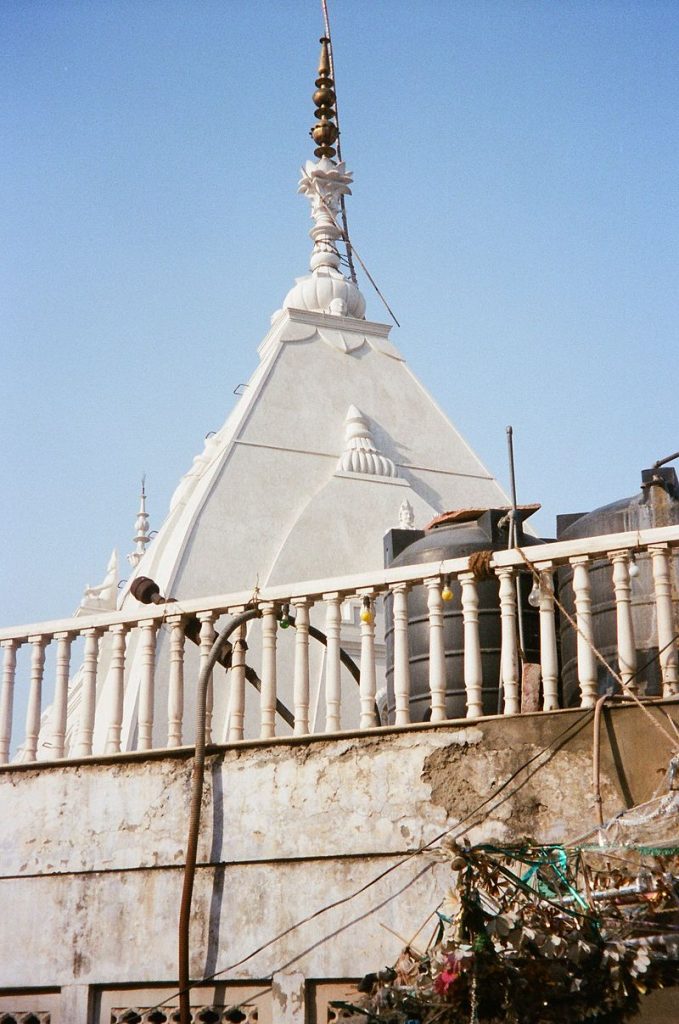
Significance of The Temple
The Yogmaya temple pays homage to Yogmaya, an incarnation of Goddess Durga and the sister of Lord Krishna. According to legend, Krishna’s uncle Kansa attempted to kill Yogmaya on the day Krishna was born, believing that she was Krishna. However, Yogmaya vanished after warning Kansa that he would die someday at the hands of her brother Krishna.
Another legend concerns the rule of Emperor Akbar in the nineteenth century. His wife, distraught over her son Mirza Jahangir’s incarceration and exile for killing a British Resident, had prayed to Yogmaya who had appeared before her in a dream. During her prayer, the queen had vowed to place a fan (punkha) made of flowers at the Yogmaya shrine as well as the Qutbuddin Bhaktiar Khaki shrine nearby if her son returned safely.
Ever since, devotees have been offering flowers at the Yogmaya temple shrine every year during the famous Phool Walon Ki Sair festival. First started in 1812, the festival takes place for three days in October and is an important inter-faith festival for both Hindus and Muslims.
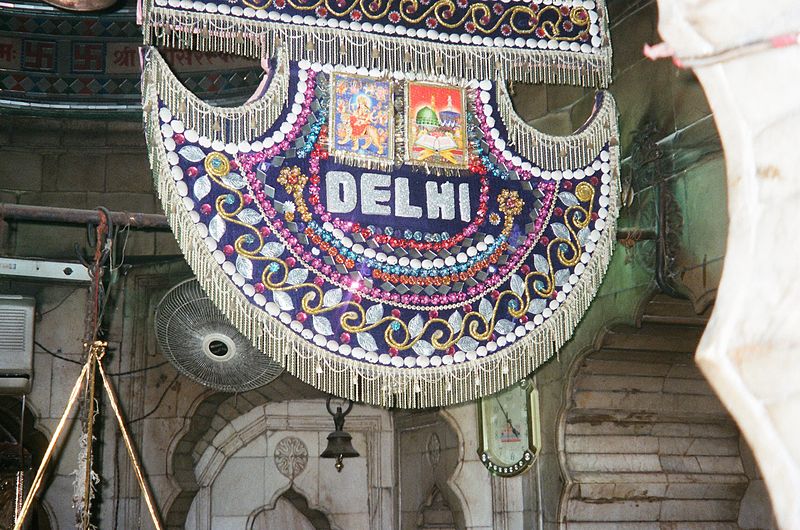
Worship at The Temple
The Yogmaya Temple is under the care of a small group of locals who are part of a trust. These locals trace their ancestry back to the original keepers of the temple and have been following the same practices to care for Yogmaya Devi for over 5000 years. There is a marble table in front of the Yogmaya image where the temple priests keep the flowers and sweets that devotees offer to the goddess. There is also a pankha (fan) positioned near the image.
Facts About Visiting Yogmaya Temple
Keep the following facts in mind when visiting the temple for a hassle-free trip.
- You can easily reach the temple by bus or metro within Delhi, with frequent bus services by both private and government providers.
- You can also reach the temple from the Delhi Railway Station or from the Indira Gandhi International Airport.
- The Yogmaya temple Delhi timings are from 5:00 AM to 8:30 PM. You can also attend the aarti at the temple.
- You cannot take photographs within the temple complex.
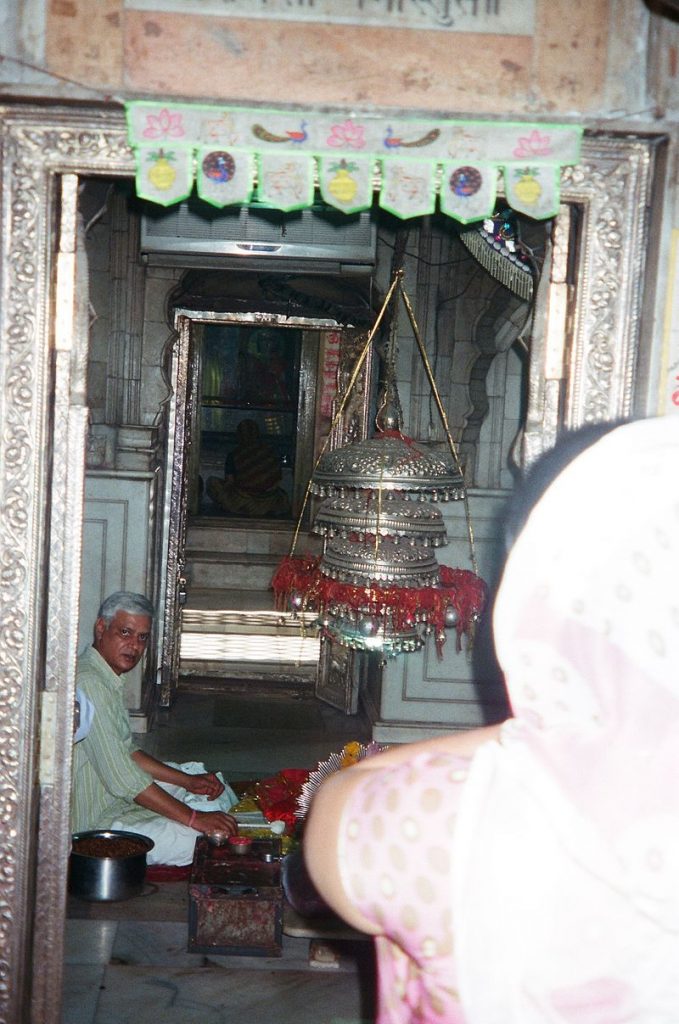
If you are seeking a truly unique piece of Hindu heritage, very few sites are as significant as the Yogmaya temple. It is a holy place of worship and also boasts a glorious heritage as one of the only surviving temples of the Mahabharata era. You should certainly visit this temple to soak in the atmosphere of quiet divinity and pay your respects.




